1,3-Diphenylpropane-1,3-dione
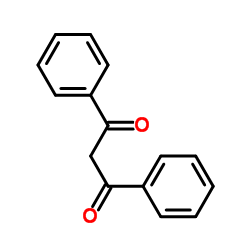
1,3-Diphenylpropane-1,3-dione structure
|
Common Name | 1,3-Diphenylpropane-1,3-dione | ||
|---|---|---|---|---|
| CAS Number | 120-46-7 | Molecular Weight | 224.255 | |
| Density | 1.1±0.1 g/cm3 | Boiling Point | 357.4±0.0 °C at 760 mmHg | |
| Molecular Formula | C15H12O2 | Melting Point | 77-79 °C(lit.) | |
| MSDS | Chinese USA | Flash Point | 146.9±20.2 °C | |
Use of 1,3-Diphenylpropane-1,3-dioneDibenzoylmethane, a minor ingredient in licorice, activates Nrf2 and prevents various cancers and oxidative damage. Dibenzoylmethane, an analog of curcumin, results in dissociation from Keap1 and nuclear translocation of Nrf2[1]. |
| Name | dibenzoylmethane |
|---|---|
| Synonym | More Synonyms |
| Description | Dibenzoylmethane, a minor ingredient in licorice, activates Nrf2 and prevents various cancers and oxidative damage. Dibenzoylmethane, an analog of curcumin, results in dissociation from Keap1 and nuclear translocation of Nrf2[1]. |
|---|---|
| Related Catalog | |
| In Vitro | Dibenzoylmethane (10, 20, 30, 40, 50 μM; 6 hours) treatment concentration-dependently increases the mRNA level of HO-1 but has no effect on the mRNA level of Nrf2 in HepG2 cells. Dibenzoylmethane induces HO-1 and Nrf2 protein expression, and the induction diminishes after 12 h[1]. Dibenzoylmethane (10, 20, 30, 40, 50 μM; 2 hours) concentration-dependently increases the phosphorylated protein levels of Erk1/2, p38MAPK, JNK, AMPK, and Akt in HepG2 cells.Dibenzoylmethane does not show significant cytotoxicity[1]. |
| In Vivo | Dibenzoylmethane (200, 500 mg/kg/day; ip; for three consecutive days) pretreatment significantly reduces both the area and the severity of necrosis, as well as the leukocyte infiltration, at a dose of 200 mg/kg in wild-type and Nrf2 knockout mice[1]. Dibenzoylmethane protectes against CCl4-induced (1:49,v/v, 10 ml/kg) liver damage in wild-type mice[1]. |
| References |
| Density | 1.1±0.1 g/cm3 |
|---|---|
| Boiling Point | 357.4±0.0 °C at 760 mmHg |
| Melting Point | 77-79 °C(lit.) |
| Molecular Formula | C15H12O2 |
| Molecular Weight | 224.255 |
| Flash Point | 146.9±20.2 °C |
| Exact Mass | 224.083725 |
| PSA | 34.14000 |
| LogP | 3.04 |
| Vapour Pressure | 0.0±0.8 mmHg at 25°C |
| Index of Refraction | 1.584 |
| Storage condition | Store at RT. |
| Stability | Stable. Incompatible with strong oxidizing agents. |
CHEMICAL IDENTIFICATION
HEALTH HAZARD DATAACUTE TOXICITY DATA
|
| Personal Protective Equipment | Eyeshields;Gloves;type N95 (US);type P1 (EN143) respirator filter |
|---|---|
| Hazard Codes | Xi: Irritant; |
| Risk Phrases | R36/37/38 |
| Safety Phrases | S22-S24/25 |
| RIDADR | NONH for all modes of transport |
| WGK Germany | 3 |
| RTECS | TZ1930000 |
| HS Code | 2914399090 |
| Precursor 10 | |
|---|---|
| DownStream 8 | |
| HS Code | 2914399090 |
|---|---|
| Summary | 2914399090. other aromatic ketones without other oxygen function. VAT:17.0%. Tax rebate rate:13.0%. . MFN tariff:5.5%. General tariff:30.0% |
|
Identification and characterization of novel benzil (diphenylethane-1,2-dione) analogues as inhibitors of mammalian carboxylesterases.
J. Med. Chem. 48 , 2906-15, (2005) Carboxylesterases (CE) are ubiquitous enzymes responsible for the metabolism of xenobiotics. Because the structural and amino acid homology among esterases of different classes, the identification of ... |
|
|
A glimpse of the inner workings of the templated site.
Chem. Commun. (Camb.) (2) , 165-7, (2009) This is the first direct experimental probe, using EXAFS, of the active site within molecularly imprinted polymers and paves the way to a more detailed understanding of the inner workings of molecular... |
|
|
Combining ligand-based pharmacophore modeling, quantitative structure-activity relationship analysis and in silico screening for the discovery of new potent hormone sensitive lipase inhibitors.
J. Med. Chem. 51 , 6478-94, (2008) Hormone sensitive lipase (HSL) has been recently implicated in diabetes and obesity, prompting attempts to discover new HSL inhibitors. Toward this end, we explored the pharmacophoric space of HSL inh... |
| 1,3-Diphenyl-1,3-propanedione |
| 1,3-diphenylpropane-1,3-dione |
| Dibenzoylmethane |
| MFCD00003085 |
| phenacyl phenyl ketone |
| EINECS 204-398-9 |
| 1,3-Propanedione, 1,3-diphenyl- |
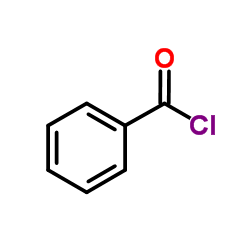 CAS#:98-88-4
CAS#:98-88-4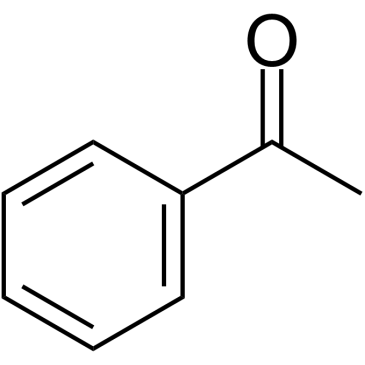 CAS#:98-86-2
CAS#:98-86-2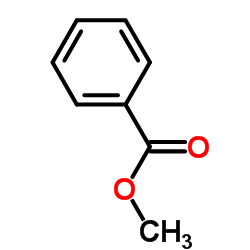 CAS#:93-58-3
CAS#:93-58-3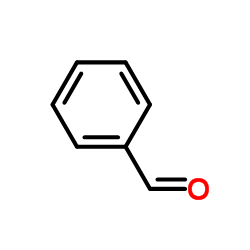 CAS#:100-52-7
CAS#:100-52-7 CAS#:70-11-1
CAS#:70-11-1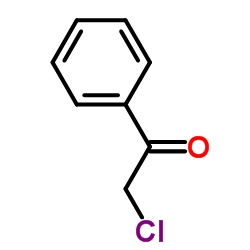 CAS#:532-27-4
CAS#:532-27-4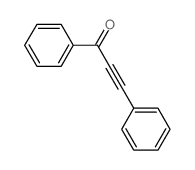 CAS#:7338-94-5
CAS#:7338-94-5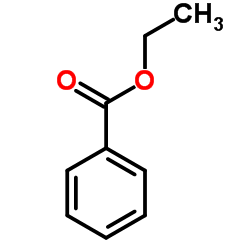 CAS#:93-89-0
CAS#:93-89-0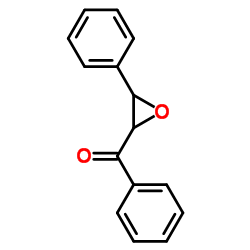 CAS#:5411-12-1
CAS#:5411-12-1 CAS#:611-91-6
CAS#:611-91-6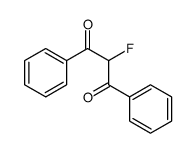 CAS#:109801-24-3
CAS#:109801-24-3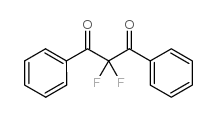 CAS#:365-00-4
CAS#:365-00-4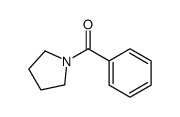 CAS#:3389-54-6
CAS#:3389-54-6 CAS#:109028-59-3
CAS#:109028-59-3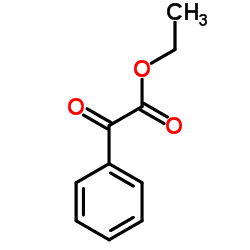 CAS#:1603-79-8
CAS#:1603-79-8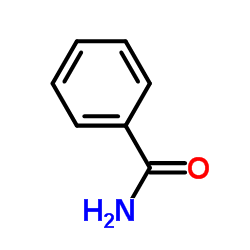 CAS#:55-21-0
CAS#:55-21-0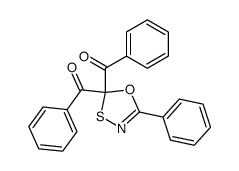 CAS#:85078-58-6
CAS#:85078-58-6
